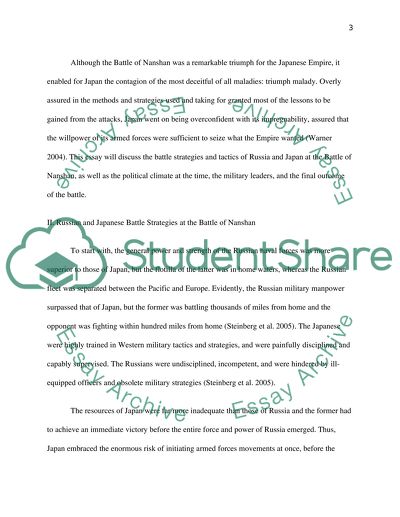Cite this document
(“The Battle of Nanshan Research Paper Example | Topics and Well Written Essays - 1000 words”, n.d.)
Retrieved from https://studentshare.org/history/1425618-the-battle-of-nanshan
Retrieved from https://studentshare.org/history/1425618-the-battle-of-nanshan
(The Battle of Nanshan Research Paper Example | Topics and Well Written Essays - 1000 Words)
https://studentshare.org/history/1425618-the-battle-of-nanshan.
https://studentshare.org/history/1425618-the-battle-of-nanshan.
“The Battle of Nanshan Research Paper Example | Topics and Well Written Essays - 1000 Words”, n.d. https://studentshare.org/history/1425618-the-battle-of-nanshan.


